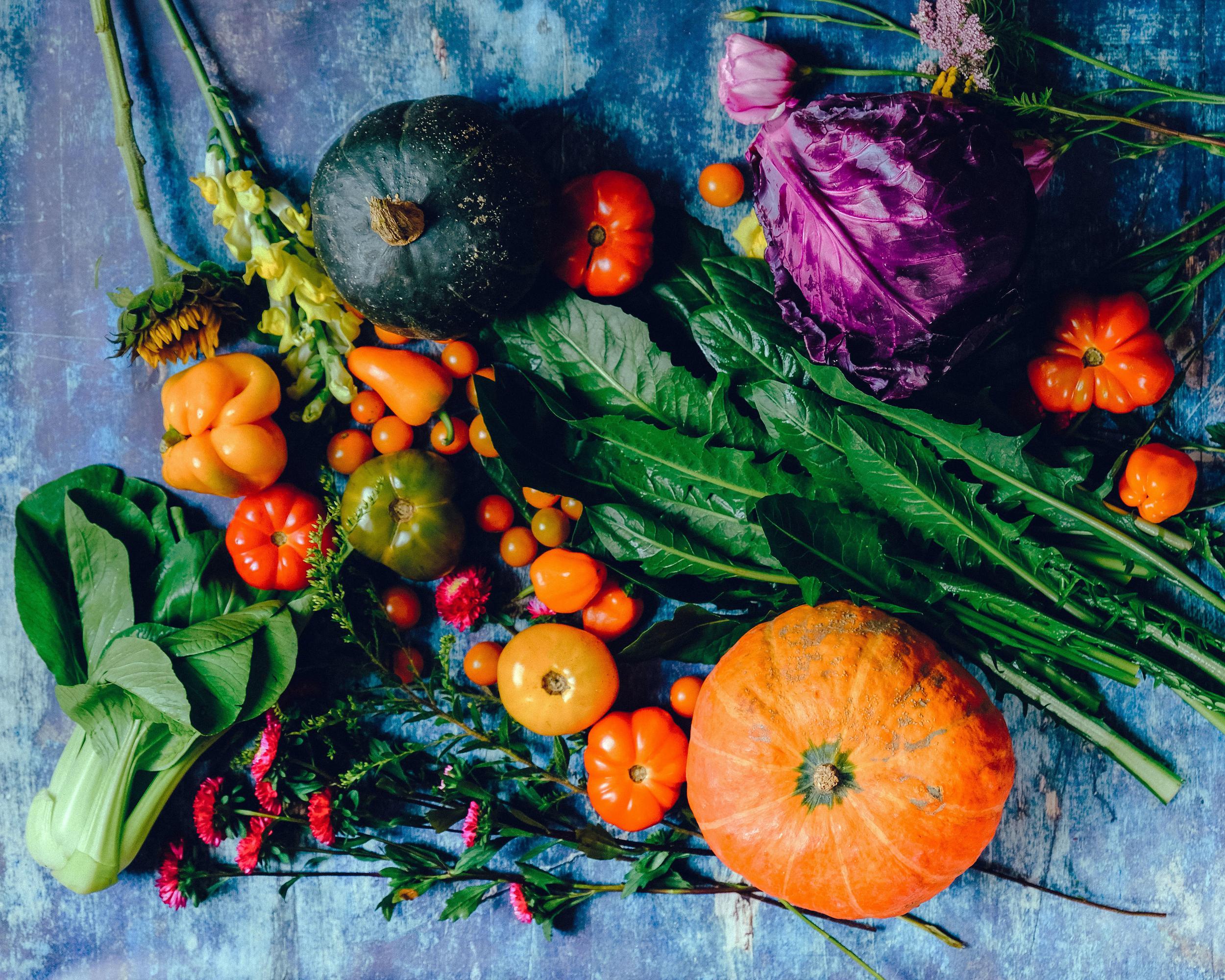
What you should know about GMO’S
Did you know that Genetically Modified Food is a plant or meat product that has had its DNA altered in a laboratory?
GMO’S have had their DNA manipulated by genes from other plants, animals, viruses, or bacteria so that the finished product will take on some of the characteristics of the other organism. For example, using this method scientists have combined the genes of a type of Arctic fish with tomatoes and strawberries so they can become tolerant to frost, and in the case of Bt corn (the most commonly sold corn product in the world), the original corn plant has been introduced to the insect pathogen, Bacillus thuringiensis, in order to encode it with a protein that is toxic to the European corn borer.
Genetic modification has proved to be an effective solution for keeping struggling plants alive, however what has not been studied is the effect that this modification may have, on the people who are ingesting these altered organisms.
In the United States, GMO’s are not held to any additional FDA regulations or labeling. However in the EU(European Union), GMO’s must go through a series of tests, and must be labeled, in order to be sold within the EU. Any regulation of GMO’S, must pass by the FDA, who have determined it unnecessary to label GMO’s because the FDA considers GMO’s to be “substantially equivalent” to unmodified versions of the same type of produce.
Without any labeling to help inform consumers about what they are purchasing at the supermarket, how can we know which items have been Genetically Modified and which haven’t?
There are a few products to watch for that are grown GMO more often than not. These crops are soy, corn, canola, cotton, sugar beets, alfalfa, Hawaiian papaya, zucchini and yellow crookneck squash. However, simply staying away from these products may not be as easy as it seems. It most of us have been consuming GMO’s since the 90’s. Any food item that is not in its original form (i.e.: flour or potatoes, not bread or potato chips) is a processed food and according to the Non-GMO project, Perhaps 90 percent of all non-organic processed foods contain at least some small contribution from soy or corn, or perhaps some cooking oil from cottonseed or canola. And don’t forget the GMO sweetener aspartame. Aspartame, created by GM microorganisms is also referred to as NutraSweet and Equal which can be found in over 6000 products, including soft drinks, gum, candy, desserts and mixes, yogurt, tabletop sweeteners, and some pharmaceuticals such as vitamins and sugar-free cough drops.
So what can you do to make the best choice for yourself and your family?
Look for the certified Non-GMO Project Verified label in order to find products that are the least likely to contain GMO’s, however according to their website, “GMO free” and similar claims are not legally or scientifically defensible due to limitations of testing methodology. In addition, the risk of contamination to seeds, crops, ingredients and products is too high to reliably claim that a product is “GMO free.”
Buy Organic whenever possible, but remember that while organic products must not knowingly use any GMO sources, organic products are not required to undergo any testing to prove such a claim.
For more tips and tricks to avoid GMO’s head over to Non GMO shopping guide .com and download their list of non-GMO certified products.
Sources
Head on over to the World Health Organization site to learn more about GMO’s
Read more about BT corn at the Science Creative Quarterly
Learn more about US Gmo labeling requirements at Just label it.org
Find out about the health dangers of GMO’s at the Institute for Responsible Technology